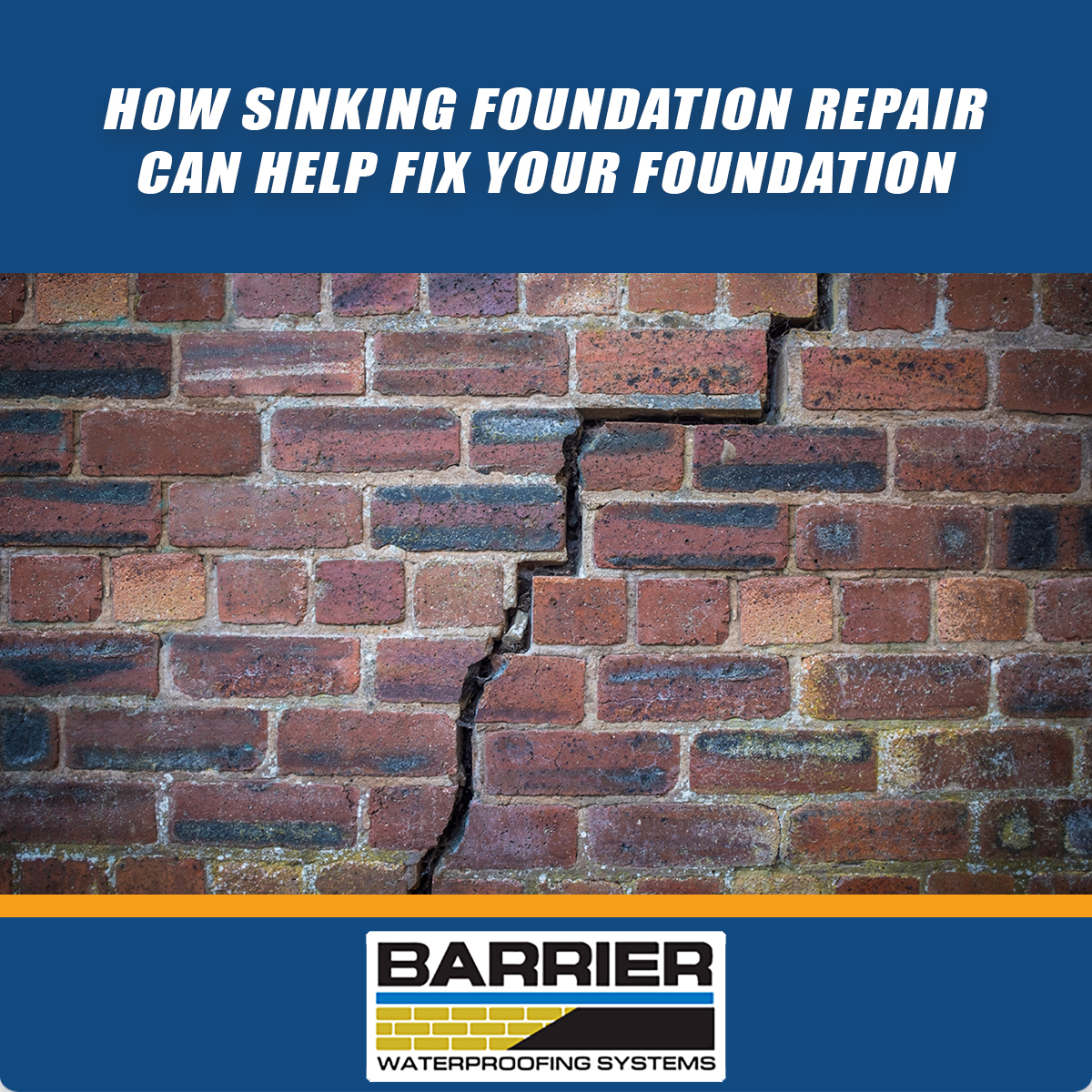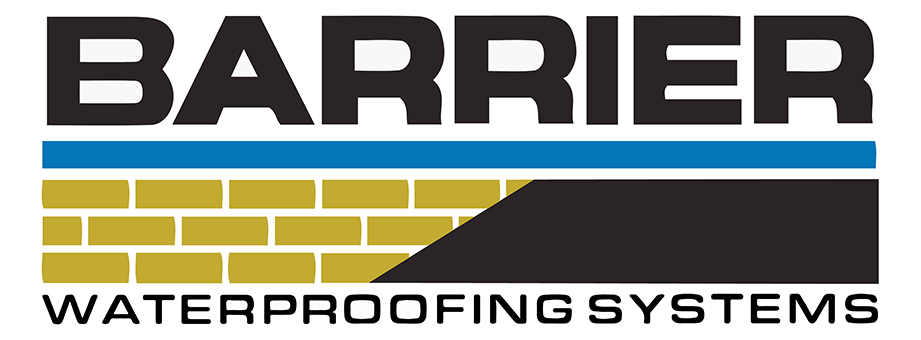What comes to mind when you hear the phrase “my home’s foundation is sinking”? Do you imagine it plunging into the ocean like a ship? Or do you imagine a sinkhole suddenly opening up and swallowing the house? In actuality, it’s a mix of the two.
Shifting soil and water are probable reasons, however, they will not produce abrupt dramatic changes in your home. We’ll help you understand the slow-developing yet impactful notion of a sinking foundation repair. We’ll go through the most prevalent reasons for sinking, as well as the warning signals and the best repair options.
What Causes A Foundation To Fail?
Improper Compaction
The earth beneath your foundation should have been compacted when it was first built. This implies it was flattened (tamped down) as much as possible to create a thick and even surface. Depending on the machinery utilized, compaction can be effective for as little as 3-4 inches or as much as 2 feet.
However, no matter how firmly the earth is compacted, there may still be some pockets of air within it. The weight of your home presses on the earth after it is completed and furnished. These tiny cracks in the ground move or collapse, causing your house to settle or sink.
Erosion
The earth swells when water pours into the soil surrounding your foundation. If there is more water than the earth can take, it will migrate about and try to seep into other locations, such as your foundation. This water pressure is known as hydrostatic pressure, and it is one of the major causes of foundation fractures and leaks.
When water travels over your foundation, it can erode the soil surrounding it. Sometimes it completely erodes the earth beneath your home, and other times it may merely soften it. However, whether the soil is too soft to sustain the home or has been severely washed away, the end consequence is the same: it will not properly support the weight of the house.
Weather Extremes
Droughts, floods, and exceptionally low weather all pose challenges to the durability of your foundation. When moist soil freezes, frost heaves or adfreezing can occur. Both entail the formation of ice, which can cause damage to your foundation. When water freezes, it condenses into ice, which expands in the soil beneath your home, pushing the foundation up and out of position. When the ice melts, the absence of pressure causes the foundation to sink.
All of this melting ice and snow, along with spring showers, has the potential to cause flooding. Flooding is a significant source of damage, and we’ve already mentioned it as a probable cause of your sinking foundation.
Did you realize, though, that a drought may also cause foundation imbalances? When the earth surrounding your house dries out, it contracts. This can cause soil to be pulled away from the foundation and undermine it, causing it to shift deeper into the earth.
How Do You Fix A Draining Foundation?
Piers are one of the installation solutions used to remedy a sinking foundation. These are steel posts that are driven into the ground surrounding your property and fastened to it with a steel bracket. Piers hold your foundation in place, preventing it from sinking any lower. In other circumstances, the piers might actually raise your foundation, bringing it closer to its original location.
To complete these repairs, some contractors use push piers. Barrier Waterproofing Systems feels that helical piers are the greatest option for residential dwellings since they do not rely on the weight of the structure to achieve the required depth. Helical piers are supported by the torque (force) of the stable soil far below the surface, as measured by a pressure gauge.
How Helical Piers Operate
Screw piles are pushed into the earth until they reach the required weight capacity. They are placed at predetermined intervals to distribute the structure’s weight. Brackets are affixed at the base of the walls to transfer the weight to the pile when used for sinking foundation repair. They are typically put ten to thirty feet below ground level, but may be extended deeper if the needed torque is not met. They can support any weight up to 500 tons, or even a ten-story skyscraper!
For more information about how our team of professionals can help you with your foundation problems, visit Barrier Waterproofing Systems today and give us a call at (615) 257-1060 | (931) 536-1168.

